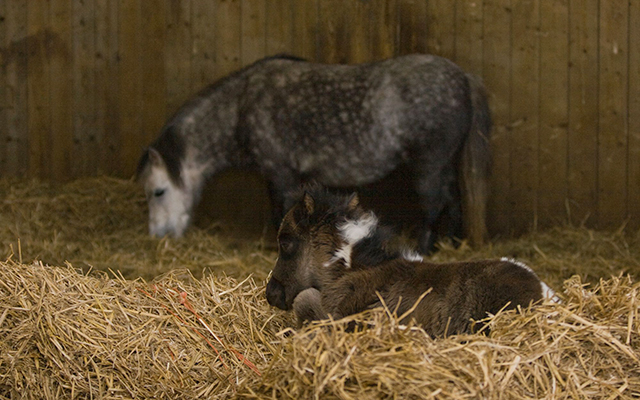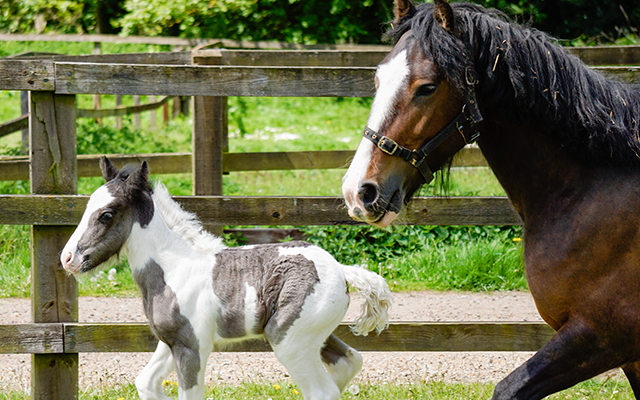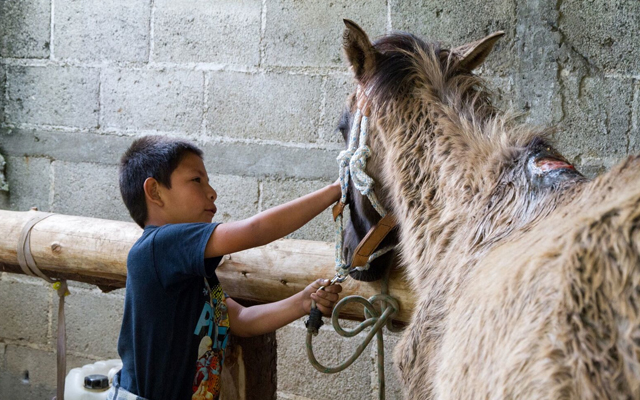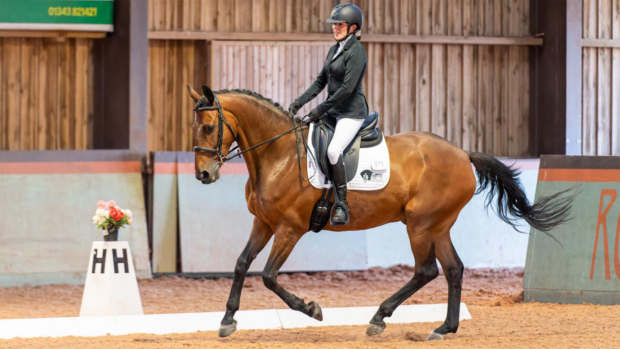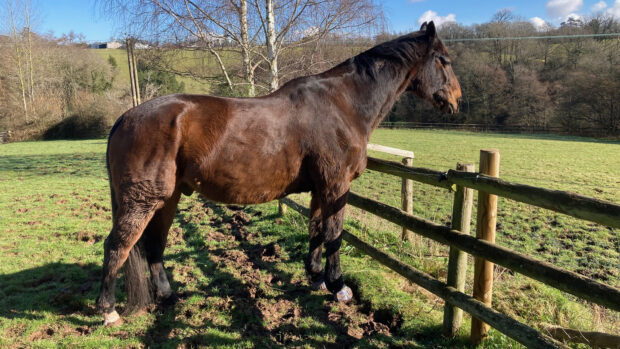Advertisement Feature
2016 is an exciting year for equestrianism. It’s the year of the Olympics in Rio, it’s the 25th year of Mitsubishi Motors’ iconic sponsorship of Badminton Horse Trials, and it’s also the year that World Horse Welfare will be shining the spotlight on the world’s invisible horses.
So what is an invisible horse and how can you join World Horse Welfare in helping them? Invisible horses are those who suffer in silence because people either cannot or choose not to see their plight. From the horses left in barns and stables for weeks on end, to those working long hours every day on the streets of Choluteca in Honduras or Cape Town in South Africa, to the horses transported long distances across borders to uncertain futures and those who sadly are sometimes discovered too late.
The invisible horse campaign highlights the plight of these horses, making them ‘visible’ so they can receive the care and protection they so desperately need and World Horse Welfare needs your support to bring them into clarity.
The campaign kicked off with a focus on foals and youngsters, as you may have read here in January. World Horse Welfare highlighted the disturbing trend of young horses being dumped and left to fend for themselves through the harsh winter months, calling on the public to remain vigilant and report any concerns as soon as possible so welfare charities can intervene.
Following this, the charity raised the issue of the thousands of foals born each year who are never identified with a passport and microchip and as a result can remain invisible for the rest of their lives. It’s estimated that of roughly 40,000 foals born in the UK every year, 15,000 of these could go unrecorded, never making it on to any official database, placing them at risk.
The charity will also be telling the stories of foals and their mothers who were fortunate enough to be discovered and through World Horse Welfare’s care and expertise are now very much visible, enjoying new careers in loving homes.
Just one example of this is Dylan. Born in World Horse Welfare’s Norfolk Rescue and Rehoming Centre, Hall Farm, Dylan was the first foal following the charity’s rebrand from the International League for the Protection of Horses (ILPH) to its current name. Dylan’s mother, Emmy arrived in appalling condition, underweight and clearly lacking even basic nutrition. She was so thin that it was not even apparent that she was heavily in foal – and without the expertise of the team at Hall Farm, Dylan and his needs may have continued to go unnoticed. Thankfully, Dylan was able to start his life in the best of care and is now rehomed as a loving, and very visible, companion.
The second quarter of 2016 will bring a focus on rescue and rehoming with World Horse Welfare’s Charity of the Year status at the Mitsubishi Motors Badminton Horse Trials in May. In addition to a number of exciting activities and attractions at the event itself – more to be revealed soon – May has also been chosen as the charity’s dedicated ‘Rehome a Horse Month’. Through sharing the stories and successes of some of the charity’s 1,500 rehomed horses and ponies and their amazing rehomers, the month aims to boost the numbers of horses found loving new homes through World Horse Welfare’s rehoming scheme.
The charity rehomed a record number of 320 horses and ponies in 2015 and needs your help to push this figure even higher in 2016. If you or anyone you know is thinking about buying a horse or pony, then why not consider rehoming? Rehoming not only gives the horse a new lease of life and the chance to become part of your family, but you also have the reassurance of a full health MOT, guaranteed honesty about his traits and characteristics and the safety net that if your circumstances change he can be returned to World Horse Welfare at any time.
Heading into the third quarter, the focus will turn to World Horse Welfare’s international projects which help working horses and their owners in 12 different countries. As all eyes turn to the world’s best horses and riders competing at the Rio Olympics, World Horse Welfare will raise the plight of the thousands of equines who are so vital in helping their owners generate an income or provide food for their families, yet continue to go unnoticed by Governments and policymakers.
Finally, quarter four will round off the invisible horse activity by centring on World Horse Welfare’s campaigning activity, calling on the public to get involved and help drive change at the highest levels of Government to improve horse welfare across the UK. Further details of how you can get involved will be announced in the coming months.
To donate please visit www.worldhorsewelfare.org/donate or to find out more about the invisible horse campaign visit: www.worldhorsewelfare.org/the-invisible-horse

